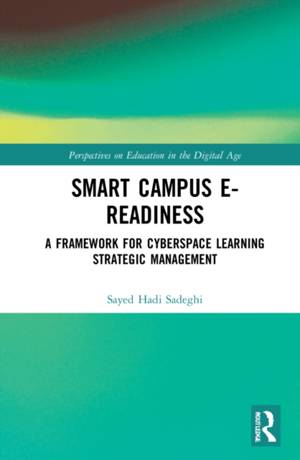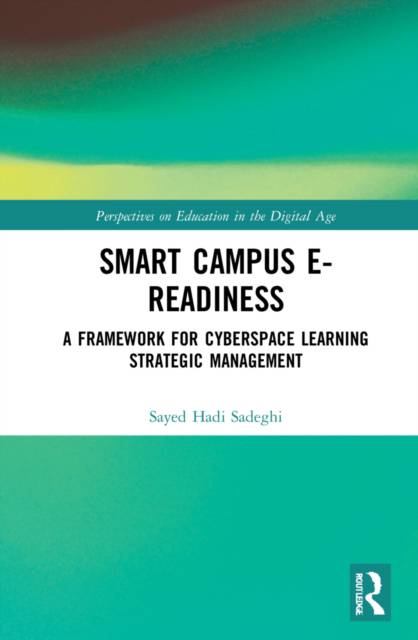
- Retrait gratuit dans votre magasin Club
- 7.000.000 titres dans notre catalogue
- Payer en toute sécurité
- Toujours un magasin près de chez vous
- Retrait gratuit dans votre magasin Club
- 7.000.0000 titres dans notre catalogue
- Payer en toute sécurité
- Toujours un magasin près de chez vous
Smart Campus E-Readiness
A Framework for Cyberspace Learning Strategic Management
Sayed Hadi SadeghiDescription
This book discusses the concept of the smart campus and e-learning practice in tertiary education, showing the relevance of the smart campus to the current learning environment. It provides a pedagogical framework for good practice in smart university campuses.
The book outlines the interdisciplinary concept of the smart campus and draws on technology, education, and learning sciences to show how the smart campus can best work. It examines e-practice assessment in three different contexts, namely the United States, Australia, and Iran, from the perspective of administrators, faculty members, and students. Using this international comparative analysis, the book determines the existing advantages and disadvantages of existing e-learning systems. It offers a framework for researchers and developers to accelerate and assess the readiness of current campuses to optimize teaching, learning, and research at the university.
This highly topical book will be essential reading for researchers, scholars, and post-graduate students in the fields of educational technology, digital education, higher education, and e-learning. It will also be useful for higher education instructors and university administrators to understand how smart campus knowledge can be integrated with other learning and teaching experiences.
Spécifications
Parties prenantes
- Auteur(s) :
- Editeur:
Contenu
- Nombre de pages :
- 186
- Langue:
- Anglais
- Collection :
Caractéristiques
- EAN:
- 9781032057132
- Date de parution :
- 19-04-22
- Format:
- Livre relié
- Format numérique:
- Genaaid
- Dimensions :
- 156 mm x 234 mm
- Poids :
- 462 g

Les avis
Nous publions uniquement les avis qui respectent les conditions requises. Consultez nos conditions pour les avis.






